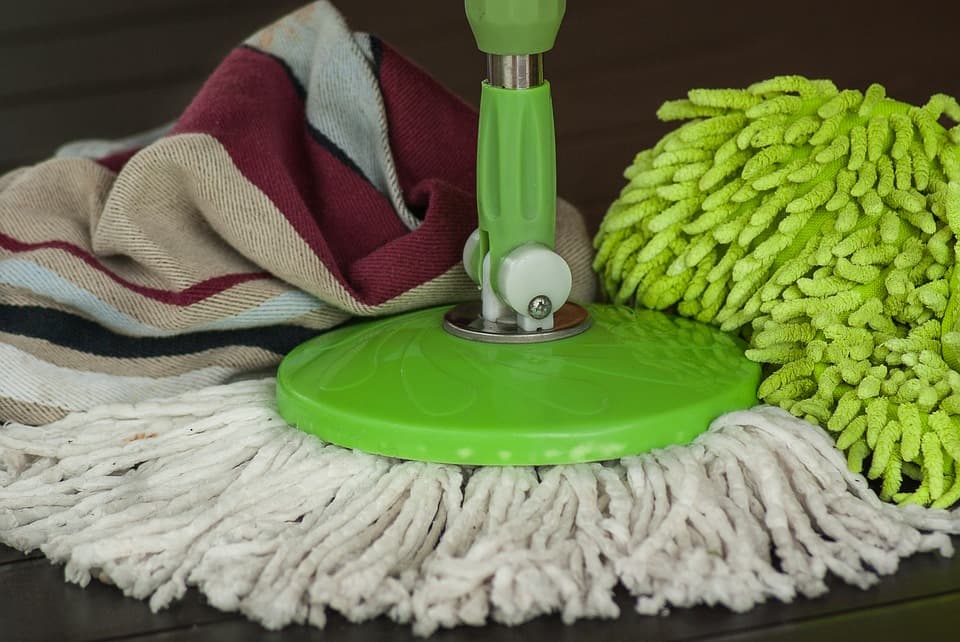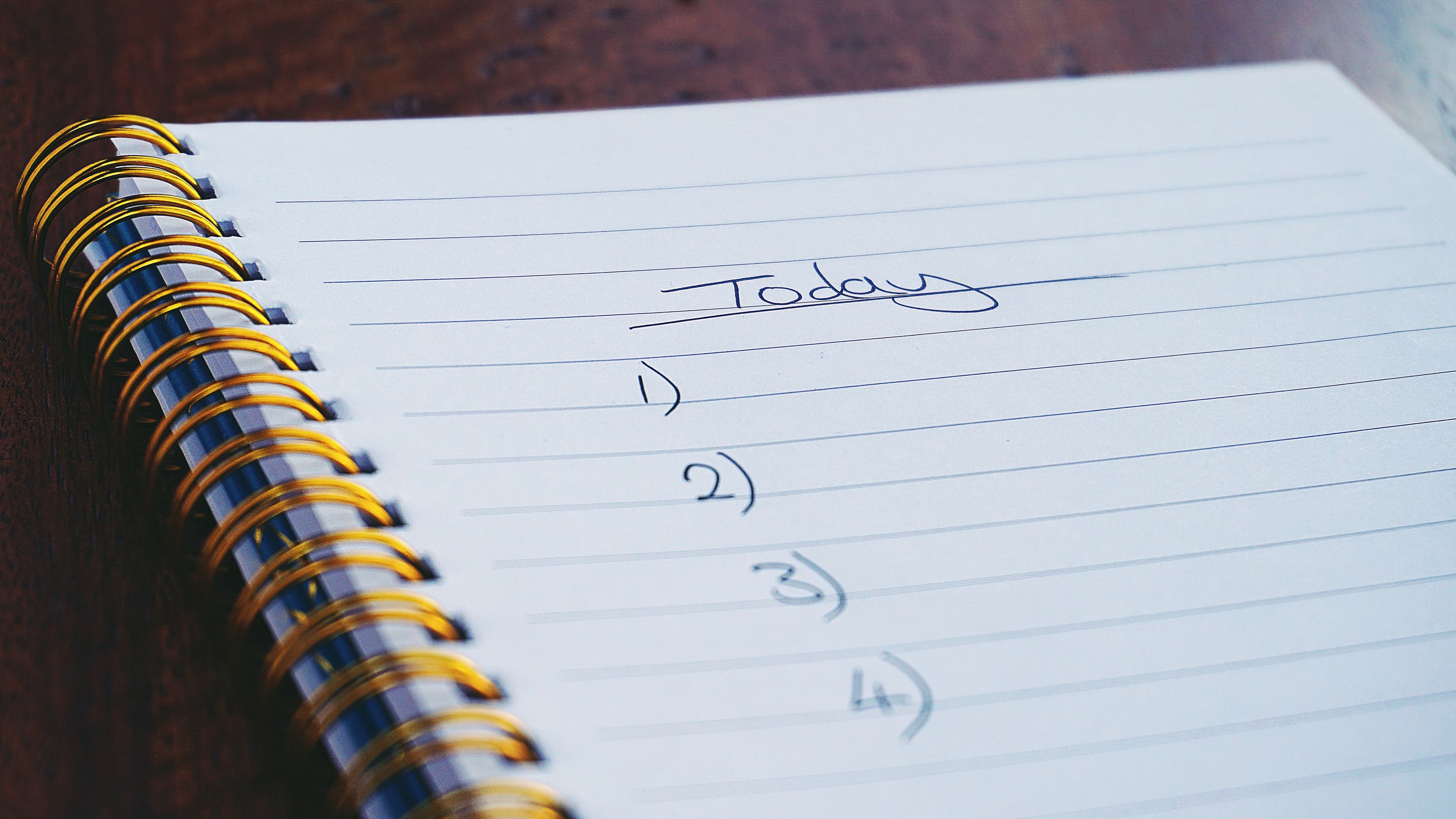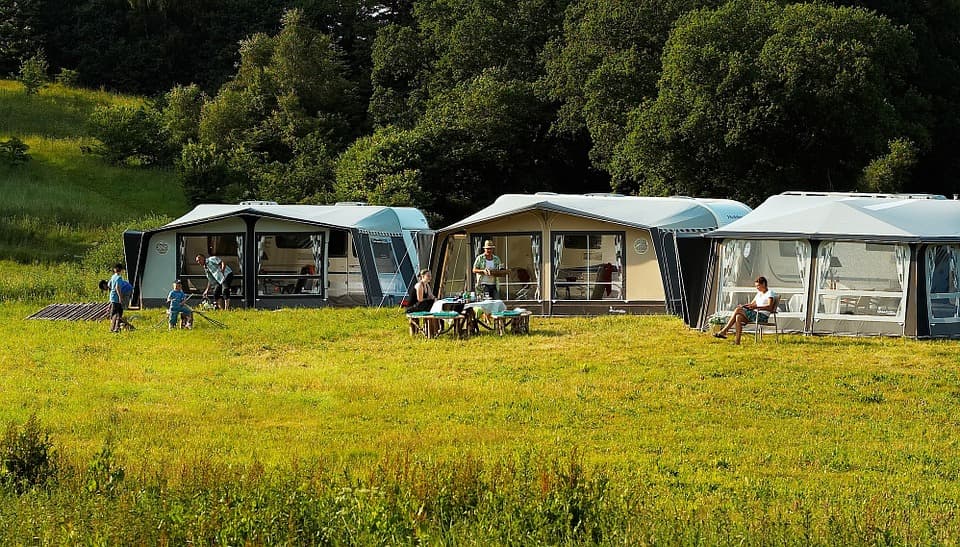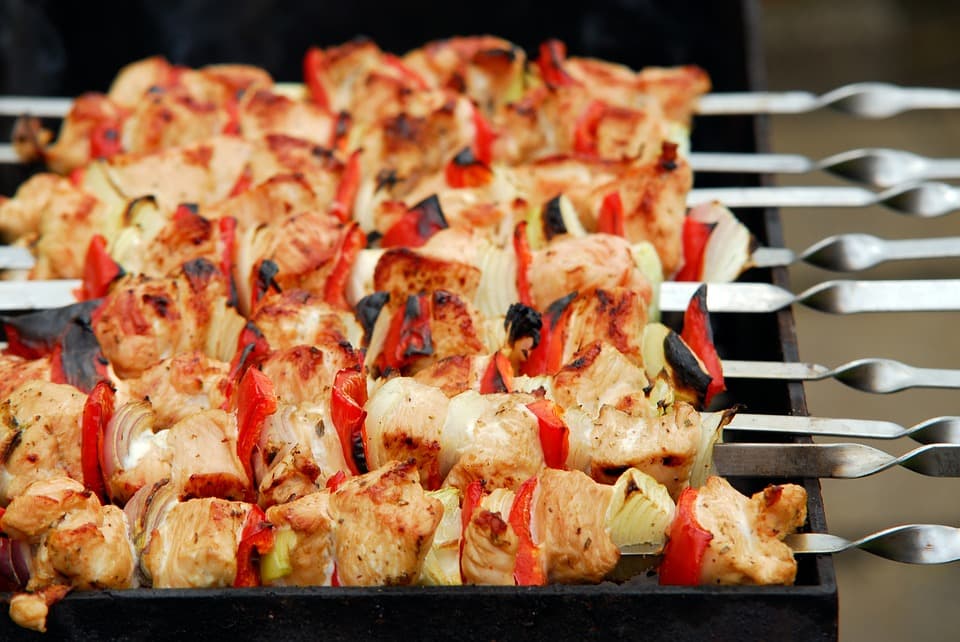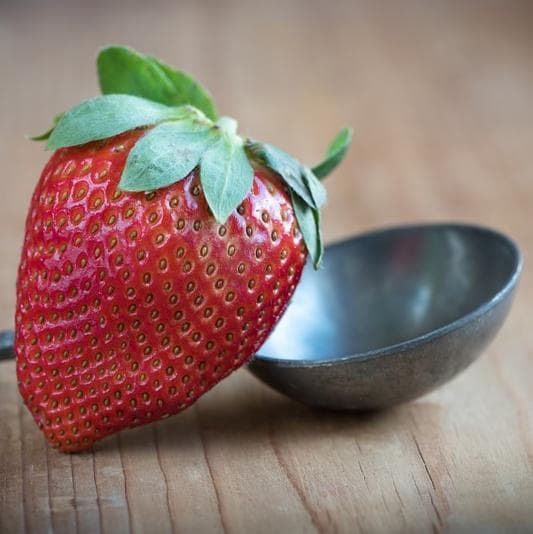Baby Proof Checklist
5 stars
Scores 4.70 with 88 votes
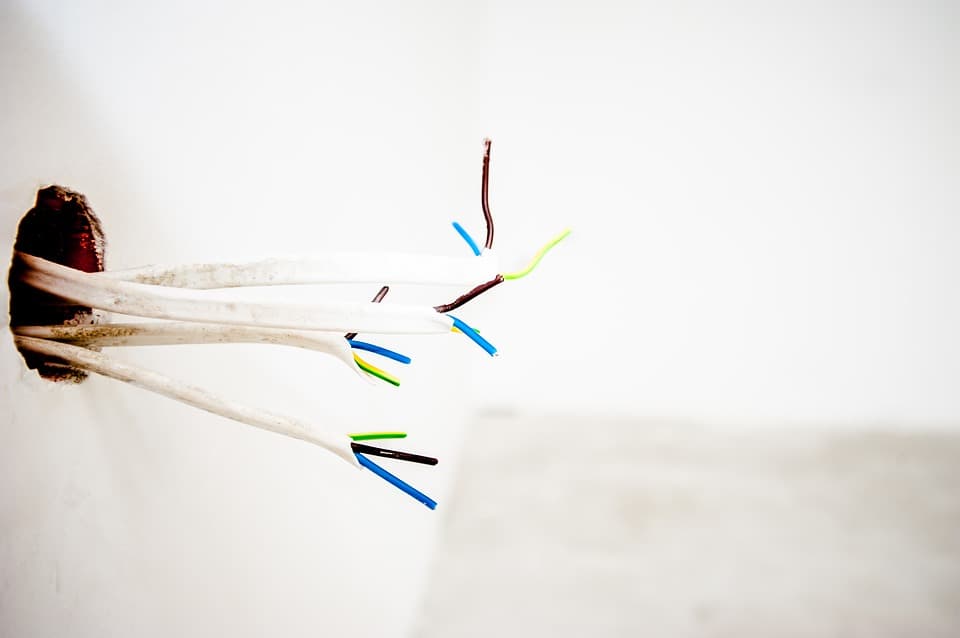
Introduction
Make sure everything in your house is save for you baby to crawl around. And that doesn't only mean fixing all the electricity sockets. There is much more you need to think about. Crawl around your house and find out all the things you baby sees when he is crawling around. You will discover a bunch of stuff that is not save. Use this baby proof checklist as a handy tool to make sure you don't miss anything.
- Babies can easily stick their fingers and other objects in electrical outlets and electrocute themselves.
- Tightly wrap up all electrical wires and tuck them away; secure them to walls, behind furniture or under molding.
- Secure lower windows that babies can reach, as they can easily fall out of unsecured windows.
- Books, DVDs, collectibles and any other items you may have out on low shelves should be stored away.
- Put up fireplace guards around hearths to prevent injury from lit fires, as well as injury from the hard hearth.
- Cover sharp corners, such as table and shelf edges, with self-adhesive padding to prevent injury.
- The dangling edges of tablecloths can be tempting to babies and they can easily pull them and pull any items on top of the table off with the tablecloth.
- These surfaces become very hot and can cause burns if touched by your baby.
- Avoid having toxic plants in the house, such as poinsettias.
- Numbers on the list should include the number of your baby's doctor, the numbers to hospitals, fire departments and police stations, as well as numbers to trusted emergency contacts, such a
- This will keep cleaning products, breakables and anything else that may harm baby at bay.
- Attach L-brackets to the back of tall furniture and screw the brackets into the walls.
- Toilets present a potential drowning hazard, as babies can easily lift the lid and fall in.
- Babies can easily knock their heads into the spout while bathing.
- Avoid freezing or burning the baby by checking the water temperature; an ideal temperature for babies is between 90 and 100 degrees Fahrenheit.
- Stuffed animals, pillows, blankets and any other loose materials should be removed, as they can potentially suffocate the baby.
- Use a changing pad with a safety belt and always belt baby onto the table.
- A baby can easily pull on window coverings or blind cords and injure herself
- Read labels on toy packaging to ensure the toys you select are ; ; appropriate for the age of your child.
- Babies can pull off such items and potentially choke on them.
- Long cords and strings can easily be wrapped around your baby's neck and choke her.
- Babies explore with their mouths and small toys present a choking hazard.
Details
On average, babies begin to crawl at about 8 months, though some may begin even earlier. Though it's an exciting milestone, it can also be a scary one, as your baby will begin to explore everything — including things that she shouldn't. In order to avoid a potentially dangerous situation, baby proof your home before your little one starts moving.
Tips
- Crawl on the floor. See what the world looks like to baby by getting close to the ground and remove anything that may be dangerous or enticing.
- Check toys regularly. See if toys are operating properly and clean them twice a week.
- Always be mindful of baby. Keep your eye on the child at all times; no matter how child-proof you think your home is, there is always a chance an accident can happen.
- Keep emergency numbers handy.
Suggest Improvements
Rate this Checklist
5 stars
Scores 4.70 with 88 votes
